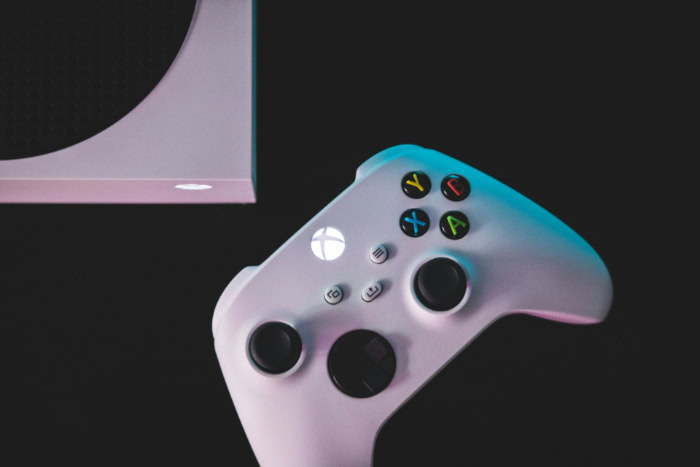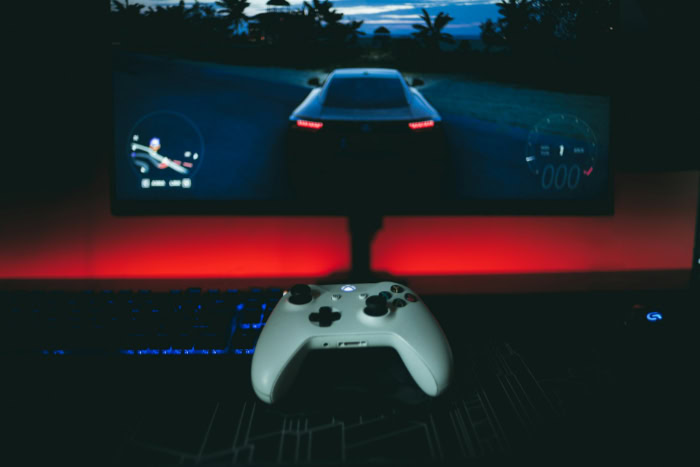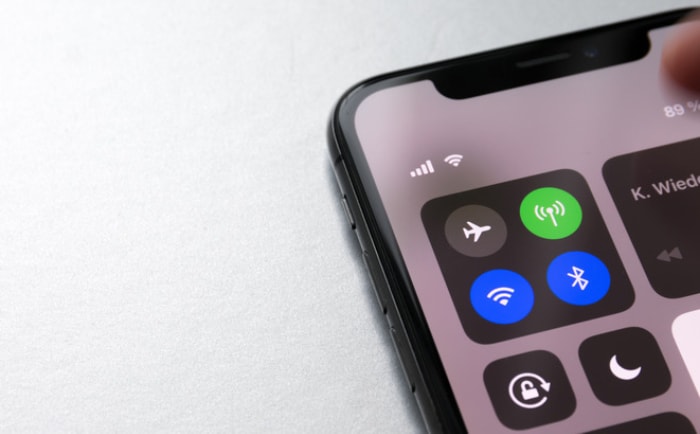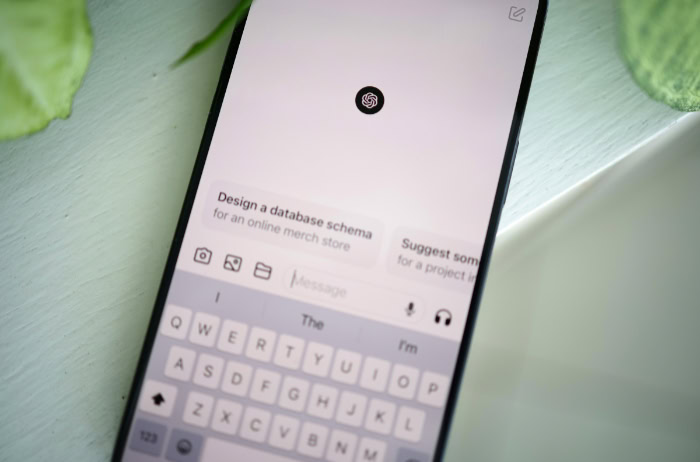How to Speed Up Xbox Series X or S Downloads: Simple Tweaks

Nothing kills the excitement for a new game faster than a download speed that crawls. You have the latest console and a massive new title is ready, but the progress bar barely moves.
Slow downloads on the Xbox Series X or S are a common annoyance, often caused by simple issues hiding in plain sight. Bottlenecks can come from a game running in the background, a congested Wi-Fi network, or even your internet provider’s routing.
Prioritize Console Bandwidth
Your Xbox dedicates a portion of its network resources to running games and apps, even when they are just suspended in the background. The quickest way to accelerate your downloads is to free up this reserved bandwidth.
By telling your console to temporarily stop all other activities, you allow it to direct its full power toward getting your new game installed.
Suspend Your Active Game
The most significant bottleneck for downloads on the Xbox Series X or S is often an active or quick-resume game. Even if you are not playing, the console holds back bandwidth to ensure the game can resume instantly.
The system has a built-in feature to solve this problem. Go to My games & apps > Manage > Queue and look for the option to “Suspend my game.” Activating it immediately releases the reserved bandwidth, often resulting in a dramatic and visible increase in download speed.
Focus on a Single Download
Downloading multiple games or updates at once divides your available bandwidth, making everything take longer. For the fastest results, it is better to complete downloads one at a time.
Open your download queue and pause all items except for the one you want to finish first. This action concentrates all network resources on that single file, reducing its completion time significantly. Once it is finished, you can resume the next item in the list.
Close Background Apps and Restart
Streaming services or other apps running in the background can consume bandwidth without you realizing it. Make sure to fully close any apps like YouTube, Netflix, or Spotify from the guide menu.
If your download speeds still seem sluggish after suspending your game and pausing other downloads, a full restart of the console can help.
A restart clears the system's temporary cache and shuts down any stubborn processes that might be limiting network performance. After restarting, check the download speed in the queue to confirm if the issue is resolved.
Optimize Your Home Network Setup

After you have directed your console's resources toward downloads, the next area to address is your home network. The connection between your Xbox and the internet can be a major source of slowdowns, especially over a wireless connection.
Small adjustments to your network hardware and settings can lead to significant and more consistent download speeds.
Use a Wired Connection for Maximum Speed
The single most effective way to improve download performance is to connect your Xbox directly to your router with an Ethernet cable. A wired connection bypasses the inconsistencies of Wi-Fi, providing a stable and direct link that is not affected by signal interference or physical obstacles.
This setup almost always delivers faster and more reliable speeds than any wireless alternative. If you must use Wi-Fi, connect to a 5 GHz network instead of a 2.4 GHz one.
A 5 GHz band offers much higher potential speeds and suffers from less interference, although its range is shorter.
Improve Your Wi-Fi Signal
If a wired connection is not an option, you can still take steps to strengthen your wireless signal. The distance and number of objects between your console and router directly impact Wi-Fi performance.
Physical barriers like walls, floors, and furniture weaken the signal. To improve your connection, try moving your console closer to your router or vice versa.
Placing the router in a central, elevated location can also help distribute the signal more evenly throughout your home. Keep both devices away from other electronics, like microwaves or cordless phones, which can cause interference.
Change Your DNS Settings
Your console uses a Domain Name System, or DNS, to locate the servers where games are stored. The default DNS from your internet provider is not always the most efficient.
Switching to a popular third-party DNS can create a faster route to the Xbox network, sometimes improving download speeds. Cloudflare is a reputable provider known for its speed and privacy.
The performance gain varies by location and ISP, but it is a simple adjustment to test.
To change your DNS to Cloudflare, follow these steps on your console:
- Press the Xbox button on your controller to open the guide.
- Navigate to Profile & system > Settings > General > Network settings.
- Choose Advanced settings.
- Select DNS settings, then choose Manual.
- For the Primary IPv4 DNS, enter 1.1.1.1.
- For the Secondary IPv4 DNS, enter 1.0.0.1.
After entering the new settings, your console will use Cloudflare's DNS for its network requests. It is a good practice to restart your console afterward to ensure the changes take effect properly.
Identify and Manage External Slowdowns
If you have already optimized your console and home network but downloads remain slow, the bottleneck may be outside of your direct control. Factors like your internet service provider, network congestion in your neighborhood, or even high traffic on Xbox servers can limit your speed.
Check Your Speed Against Your Internet Plan
The first step is to determine if you are getting the speeds you pay for. While a game is downloading, go to My games & apps > Manage > Queue to see the live download rate reported by the console.
Compare this number to the advertised speed of your internet plan. Keep in mind that advertised speeds are often “up to” a certain limit, and you should expect to see a figure somewhat lower.
If the console's reported speed is drastically lower than your plan allows, especially after trying a wired connection, the issue might be with your ISP or other external factors.
Refresh Your Network Hardware and Prioritize Traffic
Sometimes the simplest solution is to restart your networking equipment. Unplug both your modem and router from power, wait about a minute, and then plug them back in.
This process, known as a power cycle, can clear up temporary glitches that may be slowing down your connection. You should also reduce the number of other devices using the internet heavily while you download, as video streaming and other large file transfers compete for bandwidth.
For more advanced control, some routers offer a Quality of Service (QoS) setting. Enabling QoS allows you to prioritize traffic to your Xbox, ensuring it gets the largest share of bandwidth during downloads.
Schedule Downloads for Off-Peak Times
Internet traffic in residential areas often peaks in the evenings when many people are streaming, gaming, and browsing online. This neighborhood-wide congestion can slow down your connection.
Similarly, Xbox servers experience high demand after major game releases or during holidays. You can often bypass this congestion by scheduling large downloads for off-peak hours, such as late at night or early in the morning.
If you consistently experience slow speeds even during off-peak times, it might be a sign that your internet plan is no longer sufficient for the size of modern games, and an upgrade could be the most effective long-term solution.
Conclusion
Fixing slow downloads on your Xbox is a process of elimination that starts with the easiest and most impactful changes. By first prioritizing your console's bandwidth, you address the most common bottleneck directly.
Suspending your active game and focusing the queue on a single download will often provide an immediate and noticeable speed boost. From there, creating a stable pipeline for data by using an Ethernet cable or a strong 5 GHz Wi-Fi signal builds on that initial gain.
If your download speeds still seem sluggish after these adjustments, the problem likely originates outside your home network. Using the console's speed readout and testing during off-peak hours can help you confirm if the limitation is your internet provider or server congestion, guiding your decision on when to schedule downloads or whether it is time to consider a faster plan.


